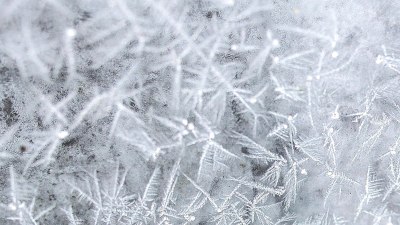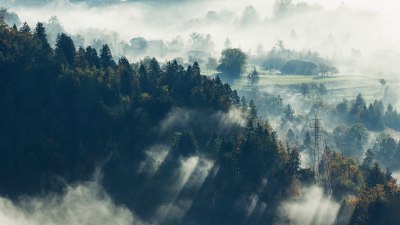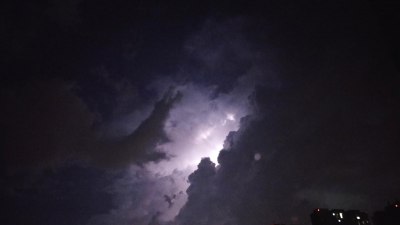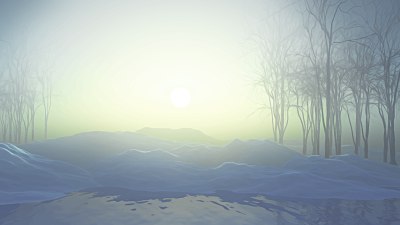Why Some Mountains Are Snowy All Year Even in Summer
Explore the reasons why some mountains remain snowy year-round, even during summer months.
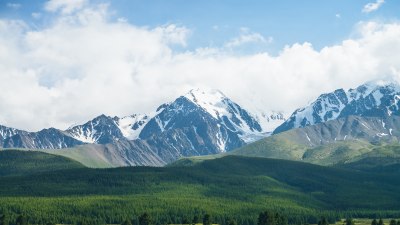
Image by user12627046 on Freepik
The sight of towering mountains capped with snow, even in the height of summer, is a captivating phenomenon that beckons adventurers, scientists, and nature enthusiasts alike. The presence of persistent snow in these lofty regions is not merely a product of chance but rather the result of a complex interplay of geographical, meteorological, and environmental factors. Understanding why some mountains maintain their snowy white crowns all year long reveals much about our planet's climatic systems.
The Role of Elevation
One of the primary reasons that certain mountains remain snowy throughout the year is elevation. Mountains are natural barriers to prevailing winds and weather patterns. As air rises over a mountain, it cools, and cool air can hold less moisture than warm air. When the temperature drops sufficiently, the moisture condenses into precipitation, predominantly in the form of snow at high altitudes. This phenomenon, typically referred to as orographic lift, results in substantial snowfall at the peaks of high mountains.
The height of a mountain not only influences the amount of snowfall but also affects the melting of snow. Higher elevations tend to have cooler temperatures, which means that once snow accumulates, it is less likely to melt during the warmer summer months. Mountains such as the Andes in South America and the Rockies in North America showcase this climatic quirk effectively, with their snow-covered summits standing stark against the blue summer sky.
Geographical Location
The geographical location of a mountain plays a critical role in determining its year-round snow cover. Mountains located near the poles or at high latitudes are much more likely to preserve snow year-round than those situated nearer to the equator. For instance, the Himalayas, nestled in Northern India and surrounding regions, retain their snow owing to their geographical placement and the significant elevation of the Himalayan range.
Additionally, mountain ranges that are situated in areas with consistent cold temperatures year-round will frequently exhibit persistent snow. The Alps, for example, boast several glaciers that remain frozen even during the summer season due to their location within a temperate zone that experiences cold winters and brief, mild summers.
Climate and Weather Patterns
Climate plays a pivotal role in maintaining snow cover on mountains. Regions that experience harsh winters with significant snowfall will typically see that snow preserved throughout the year in the higher elevations. The interplay of climate change also brings into question how long some of these mountains will keep their snowy peaks, as increasing global temperatures can lead to accelerated melting.
In areas where moisture-laden air masses converge, such as along the coasts, significant snowfall occurs. The Sierra Nevada in California is an excellent example where moist air from the Pacific Ocean collides with the mountainous terrain, promoting osteak snowfalls followed by retention through cooler summer temperatures in the mountain's higher regions. Various weather patterns, including El Niño and La Niña, also impact snow levels in certain mountains, altering precipitation patterns in ways that can lead to snow persistency.
Glaciers and Snowfields
Another compelling reason many mountains maintain their snowy areas year-round is the presence of glaciers and snowfields. Glaciers are massive, slow-moving rivers of ice formed from compacted snow that has persisted over time. These glaciers act as a natural reservoir of frozen water, increasing the overall snow cover on the mountain. The glaciers of the Paksha Mountain in the Scandinavian region serve this purpose, accumulating snow not just from seasonal falls but also from long-term preservation, contributing to their snowy appearance throughout the year.
Snowfields, which consist of compacted snow that does not move like glacial ice, share some similarities with glaciers. Snowfields can exist on mainly flat terrain high up in the mountains, and though they may not be as stable as glaciers, they still contribute to the overall snow cover. Factors such as shading from neighboring ridges and a lack of direct sunlight can help sustain these snowfields through the summer, keeping them intact even as temperatures rise.
Human Impact and Observation
As climate change becomes a looming concern, human activities can also influence the longevity of snow on mountain ranges. Urban development and deforestation in surrounding areas can lead to changes in local climates, which, in turn, affect the snow cover. Increased temperatures and altered precipitation patterns inhibit the development of snow and can lead to accelerated melting of existing snow packs.
Furthermore, scientists are keenly monitoring areas like Mount Kilimanjaro, where year-round snow has been diminishing over the years. The glacier on this iconic peak has served as an important indicator of climate change, showcasing how environmental stresses can reduce snow cover and glaciers around the world. A continuous disappearance of glacial and snow cover is alarming and presents broader implications for water supplies, ecosystems, and climate regulations.
The phenomenon of mountains retaining snow throughout the year even during summer months is a result of diverse factors, including elevation, geographical location, climate patterns, and the presence of glaciers. However, with an ever-changing climate, the resilience of these snowy peaks faces unprecedented challenges. Insights on the preservation of mountain snows are essential, not only for understanding local biodiversity and ecosystems but also for grasping the intricacies of global climate dynamics. The majesty of these white-capped mountains connects us to the earth’s climatic history while serving as reminders of the delicate balance our planet maintains.


